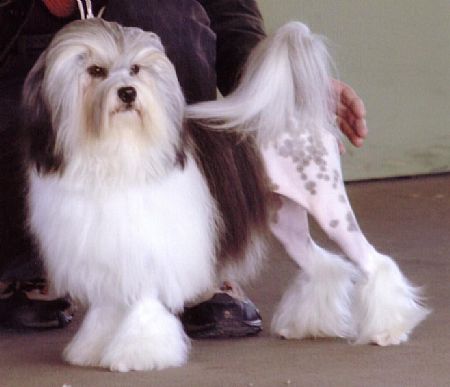|
|
|
understand the standard
Artist website
http://www.freewebs.com/kokkoart
On the left hand side of the drawing The Bitch Head and below side view is B.I.S. R.U.I.S.S. AUST & ENG Ch Tilcha Stylish Armani exported to the UK On the Right hand side of the Drawing is her litter sister A Ch Tilcha Gucci Panache
AN UPDATED GUIDE TO JUDGING THE LÖWCHEN
INTRODUCTION: I write this as a Lowchen & Group 1 and 7 specialist Judge, also holding licenses for groups 3 6, as Such I have a understanding of what Judges need to know in order to Judge a breed with a better understanding of the breed standard: It was in 1976 that I first saw The Little Lion called the Löwchen. I fell in love with the breed and was the first person to import them into Australia in 1976. One of my Löwchen was the first to win a Best in Group award at an all Breeds Championship Show. I bred from her the first Löwchen to win Best Exhibit in Show in the world at an All Breeds Championship show this was in New Zealand. I exported him to Bruce Riddell. I was thrilled many years latter to have sent one of my dogs to the UK to be campaigned and she became the first bitch from Aust to obtain her UK title and the First and so far the only Aust Lowchen Bitch to win a Best Exhibit in Group. This was at the Bath All Breeds Championship show, also being the only Lowchen to win a Group at a Championship show that was not breed in the UK. Having owned and bred many champions, as well as In Group and Best in Show winners. I have watched Judges over the years attempting to understand our Breed Standard and so now, some 38 years later, I would like to go through the Standard to support you to judge this breed with confidence.
LÖWCHEN STANDARD
GENERAL APPEARANCE: Coat clipped in traditional lion clip, tail also clipped, topped with plume, giving appearance of a little lion. Strong built, active, well balanced and alert.
Comment: The overall appearance should be that of a strongly built, yet Toy dog. Löwchens should never appear coarse. The description in the Standard "STRONGLY BUILT" describes muscle, not bone. The Löwchen is an 'au naturale' breed, scissoring ironing coats or trimming, particularly of the face and stylizing of the coat other than the traditional lion clip, is highly undesirable. The Löwchen should appear almost square in outline, with its head held proudly on well-arched neck. A broad head, with round dark eyes and a lovely 'soft' expression are hallmarks of the breed, as is a gaily-carried tail. Another hallmark of the breed is its lively outgoing manner. No feature of the breed should be coarse, overdone or exaggerated. CHARACTERISTICS: Gay, lively little dog
Comment: Löwchens should have a happy disposition and have an appearance being full of fun. This breed can be very much a bundle of fun right up to the Junior class so do not expect little statues TEMPERAMENT: Intelligent, affectionate, showing no sign of aggression. Comment: The Löwchen as a breed is relatively easy to train and has a history as a circus performer, and are outgoing by nature, so may not stand still in the ring up to that age of 2 years.. Aggression or nervousness are highly undesirable traits and as such should never be considered as true breed type as this is a companion dog.
HEAD AND SKULL: Short, fairly broad. Skull flat between the ears, head carried proud and high. Well-defined stop. Short, strong muzzle. Comment: The Lowchen head is the defining feature of the breed. Overall, it should be fairly broad with a strong, short foreface, which should never be snippy chinless or dropping away on a long down face. There should be a well-defined stop. The head should be fairly broad, but not overly so as coarse 'common' heads should be avoided. The length of the foreface from the stop to the tip of the nose should be shorter than the length from the stop to the occiput. Expression is of great importance, which should be gentle and appealing. The nose is to be fully pigmented black or brown according to coat colour. Liver and brown dogs to have as dark as possible liver nose.
EYES: Round, dark, large and intelligent. Unbroken pigmentation of eye rims. Pigment to be in accordance with coat colour.
Comment: The expression is one of intelligence and kindness. Hard, staring expressions are very untypical. As there is a liver in this breed the eyes are not always as dark as breeds that do not carry this liver gene
EARS: Pendant, of moderate length with long fringing.
Comment: Ears are set at a level just off the edge of skull, but never as low as the eye, which would give a 'Spaniel' or Poodle appearance. They lie close to the side of the head with moderate sized leathers and good furnishings, giving an appearance of a longer ear
Mouth: Jaws Strong, with perfect, regular and complete scissor bite, i.e. the upper teeth closely overlapping the lower teeth and set square to the jaws.
NECK: Good length, proudly arched.
Comment: This must be in balance with the all over dog! The neck must be carried proudly and flow into well-laid shoulders. At this time, however, this is an area where the breed often still needs some improvement. The neck should be of good length, however, the desire for a shortness of loin often makes this aspect a little difficult to achieve. The neck should have an arch, which is a sign of strength in a specimen. Comment: Forelegs should be straight and fine, Remeber this dog asks for round bone with no turning in or out of the feet. Shoulders well laid, almost equal length of shoulder to upper arm . this will give them the correct length of leg Giving the balance to the hight of the dog,and alow the dog to move out without being pulled around the ring. Moderate breadth of chest with well fitting elbows. This dog is slow to mature in the front, if the upper leg is short it will give the appreance of a better chest yet it is just that the leg is short. Comment: An overall balanced appearance is essential. A just 'off-square, well muscled, compact dog with a level top line is required you nrrf to feel for the topline as the way the head and tail is carried sometimes if is hard to spot under a big coat if it has a di[ behind the wither. Good length and s[ring of rib, a short strong loin with only a moderate tuck up. The rib cage should be well sprung and never barrel shaped or slab sided. Length of rib should be longer than length of loin. When going over a Löwchen you want to find a well developed rib cage, and a strong well muscled body, even though he is a toy breed. The brisket should be only deep enough so as not to force out the elbows, which should lie close to the body. A level top-line supports the frame and there should be no falling away over the croup. Short legs, long bodies, roached back and low set or 'flag' tails are all untypical of the breed and so are undesirable.
Comment: A well muscled and angulated hindquarter is required. The turn of stifle, though described in the Standard as "good", is not as exaggerated as in breeds such as Whippets, Poodles, Bichons etc. Balance being of prime importance. A unique feature of the breed is the hind action. There should be no hint of a racy appearance. From the rear there should be no inclination to a 'wishbone' or cow hocked appearance. Unfortunately, in the past the Löwchen rear view was referred to as having a "wishbone" appearance. This was an attempt to explain the well muscled hindquarters, even in a baby puppy. This has caused a lot of confusion. The Löwchen, when viewed from the rear, should NEVER be so wide as to distort the dog, if it is then moving this gives the appearance of them having 'dirtied their pants'!
FEET: Small, round Comment: Feet should be small, neat and well knuckled. A correctly groomed Lowchen will have its feet completely clipped at least level with the back of the pad.
Comment: It is quite acceptable for Löwchens to drop their tails when in repose, and this must never be penalised. However, they must always carry their tails well up and over their backs when on the move. The tail should be balanced with one third clipped and two thirds plume.
Gay tail
GAIT/MOVEMENT - Free, parallel movement for and aft, no hackneyed action.
Comment: Löwchens have a totally unexaggerated good reaching movement, with a long forward stride and good rear drive and appear to move effortlessly.
Fairly long, wavy, never curly. Single coat of silky texture. Coat to be shown in its natural state without scissoring or sculpting, apart from the traditional lion clip. Comment: A wave in the coat is correct, although a curl, such as in a Bichon is considered a major fault. Feel the dogs coats to make sure the slight wave is there and the coat is not ironed! The breed has no undercoat and coat quality is fine with a soft, a silky texture. Hard, coarse or wiry coats are to be heavily penalized. also photos of a sculptured dogs of the past this breed should be shown natural not scissored even on the face. Also I have a dog in full coat to show the difference this do is not sculptured any where, below see a dog from the 80's he is very shaped we did not have irons in thoes days, the second is a young dog not shaped you can also see his slight wave to his coat
Colour: Any colour or combination of colours permissible. Merle is not acceptable
Comment: There is no such thing as a 'mismarked' Löwchen. Their colour changes periodically throughout their life. Other than white or parti-coloured dogs, Lowchens are born a solid colour and change as they get older. There is a great range of colour and markings from Black Liver Silver Parti in all colours black and silver black and cream liver and gold Brindle sable tri colors to name just a few
Brindle
Comment: This is a big difference in size a 3 inch differance is a lot in a small toy dog most are from 12” to 13” but some are up to 14” I like them to be no taller that 13” & half” there are some nowdays up to 15" big puppy cats often make dogs look bigger, most Lowchens grow to maturity by about 7 months so they will often look big in the baby classes.
I thank you for taking an interest in our lovely Little Lions (Löwchens) and hope that the information contained in these pages will help you to see what a wonderful and rare breed the Löwchen really is.
UA-9679810-2
Pia Kirke Frankston Nth, VIC, Australia Phone : +61407305497 Email : [email protected] |

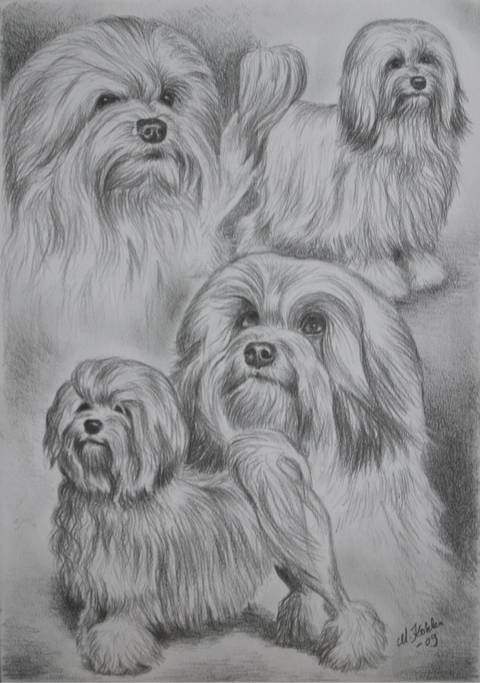
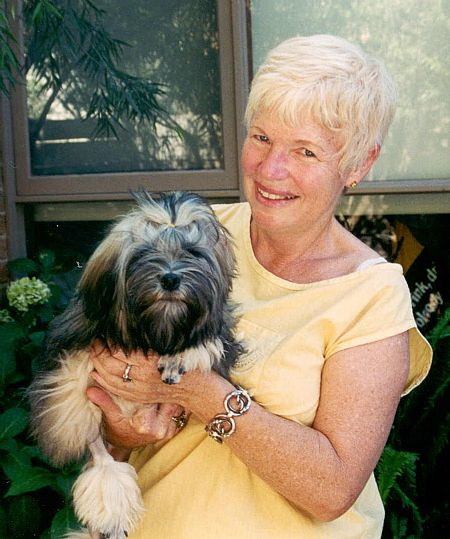
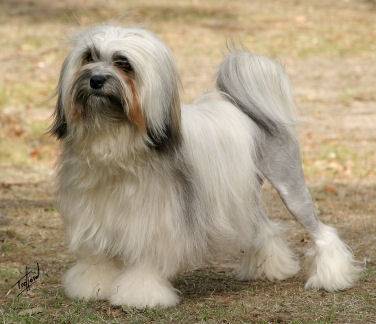
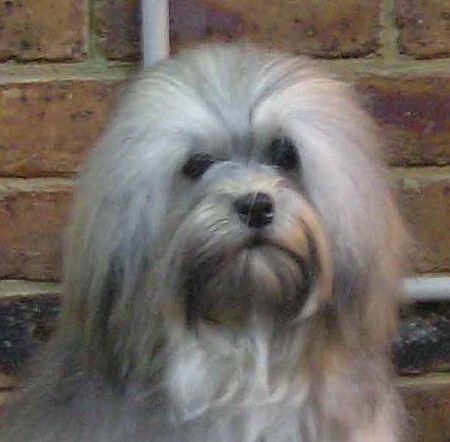
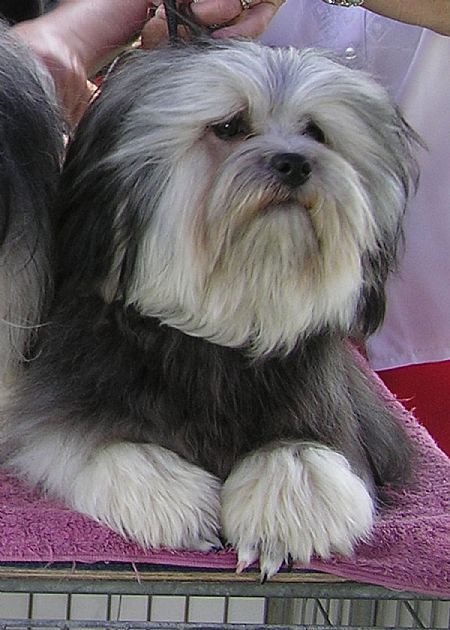
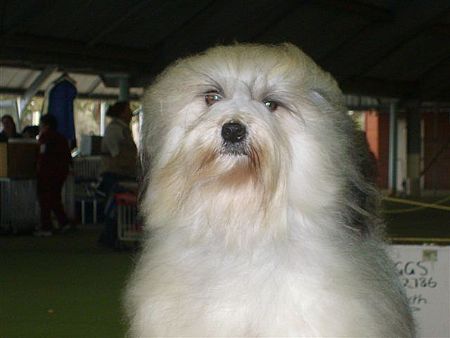
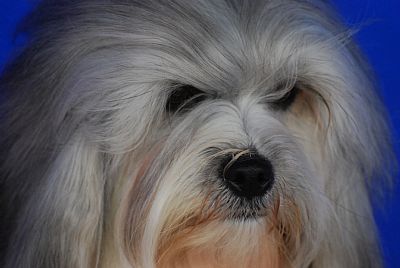
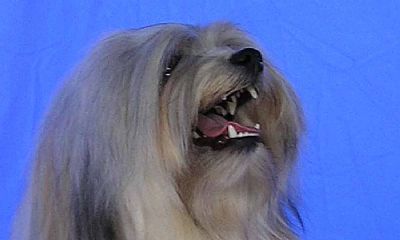
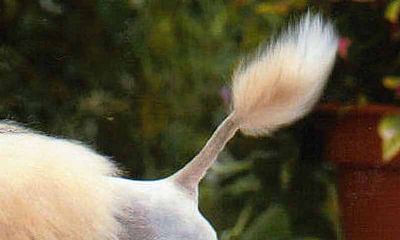
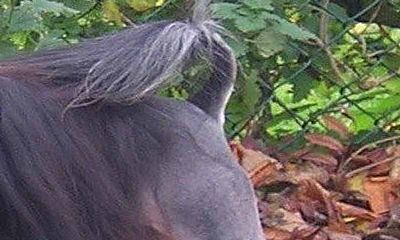
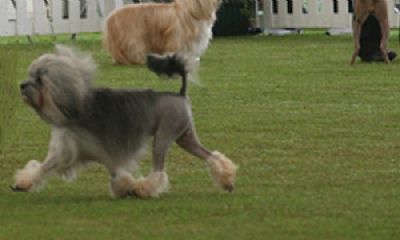
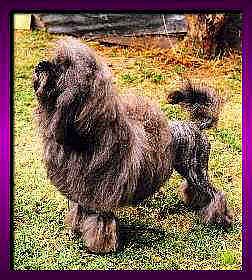
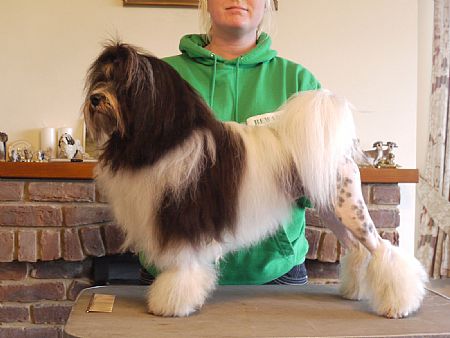
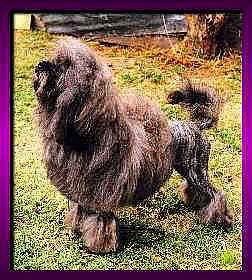 liver and gold
liver and gold 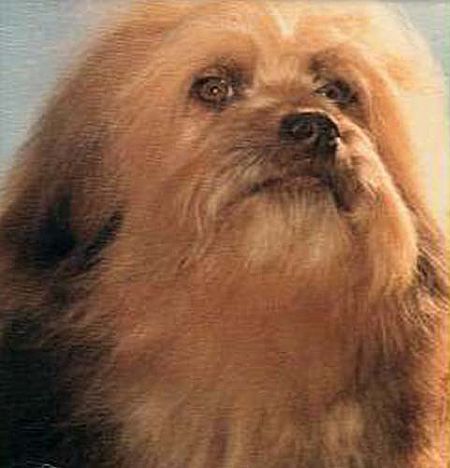 Gold sable
Gold sable 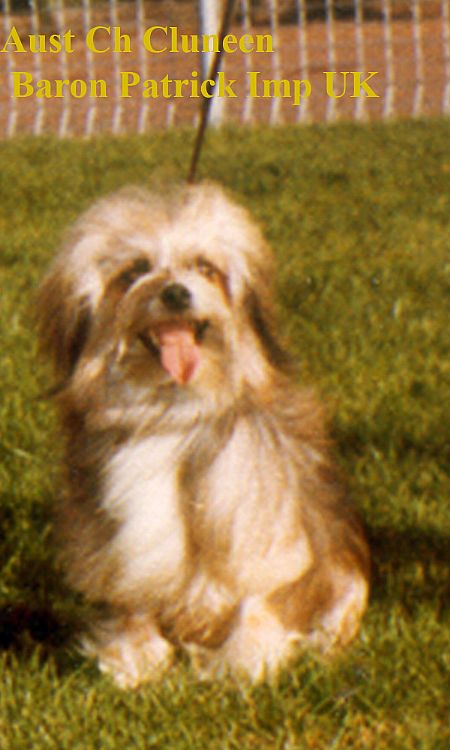 Black and Silver and Liver
Black and Silver and Liver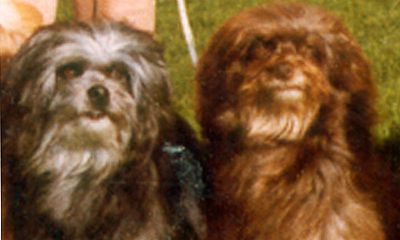 Parti colour
Parti colour